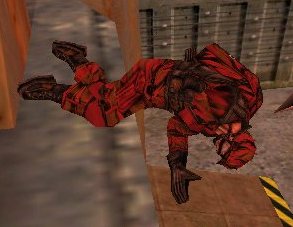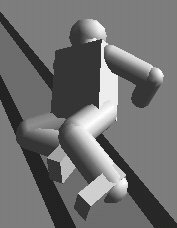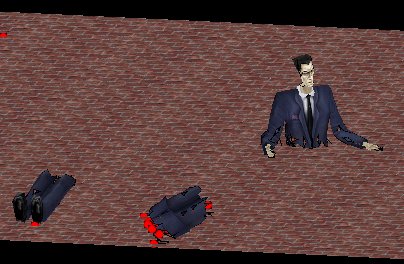One of the key recent developments in the field of computer game design has been the introduction of physics engines. Physics engines have helped games reach new levels of realism, increased replayability, and allowed for gameplay that was not possible with purely pre-scripted events.
However, the current paradigm of rigid-body based physical simulation is severely limited. Most importantly, objects or characters in a game are created out of geometric rigid bodies that cannot stretch, bend, or break. One can shoot an enemy with a rocket, but the body will stay intact. One can plant mines on a wall, but the wall will never be destroyed. In a field such as computer gaming, where destruction and breakage form the majority of interactions with the game world, this is a serious shortcoming. The goal for our project in The Game Design Initiative at Cornell University is to rectify these shortcomings. Building on the work of an Italian computer scientist, we aim to introduce an entirely new approach to physical simulation to the world of computer game design. Our engine, already well into the prototype stage, is able to handle bendable and stretchable objects (cloth, for example), breakable objects (doors or bodies), and also liquids, more stable structures such as buildings, and a number of other physical phenomena. |
||||
|


